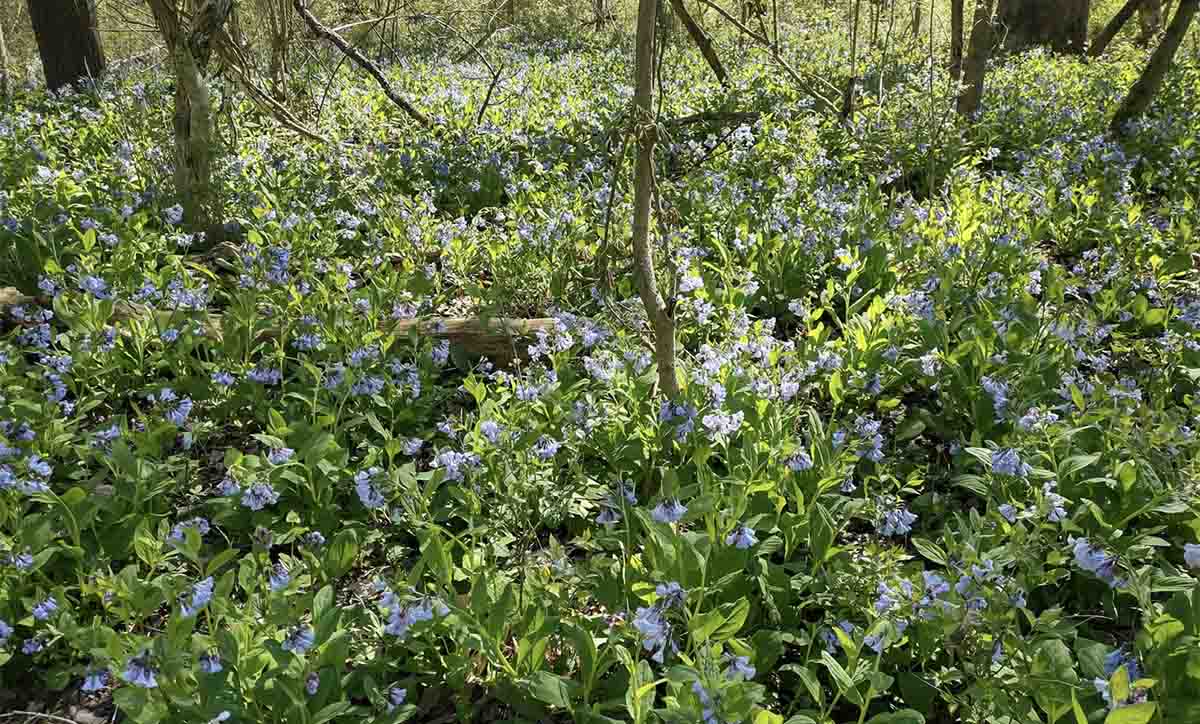Miami University Natural Areas behind the scene(ry): a Q-and-A with ecologist Dave Gorchov and field manager Nancy Feakes
With nearly 1,000 acres and 17 miles of trails in our backyard, the Natural Areas are an invaluable resource for recreation, teaching, and research
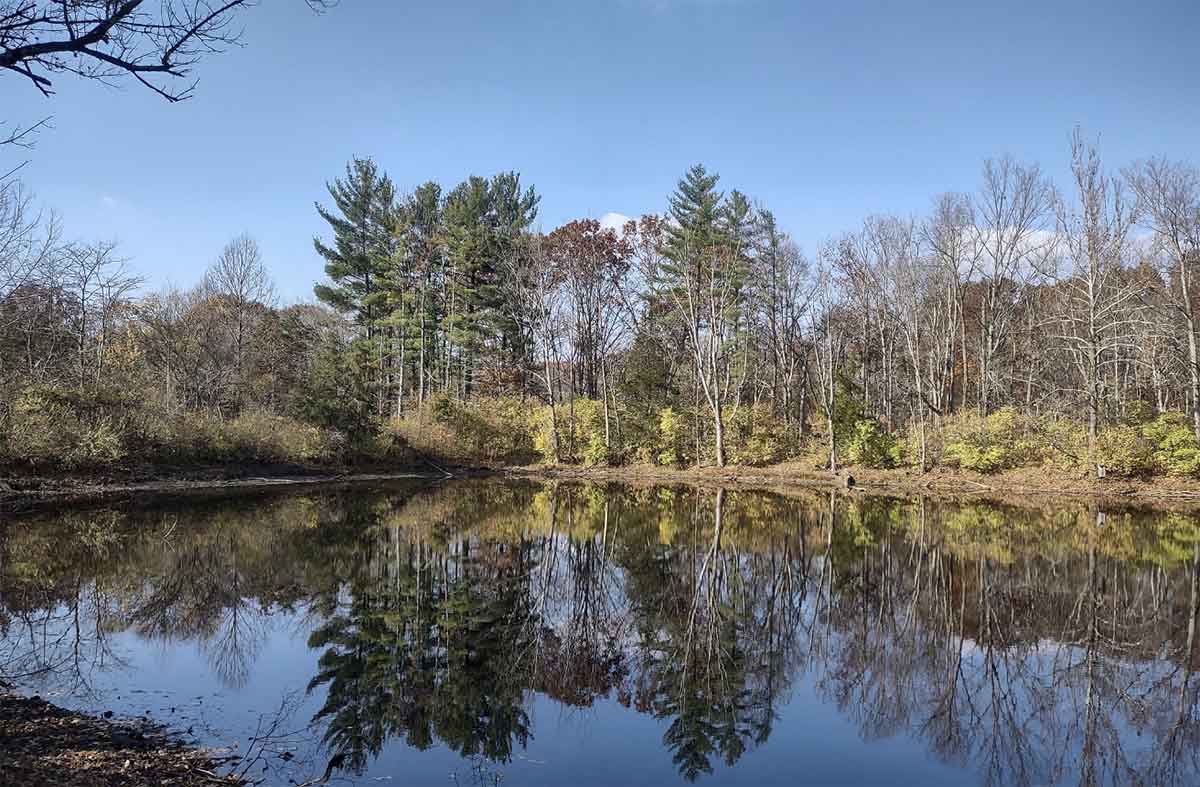
Miami University Natural Areas behind the scene(ry): a Q-and-A with ecologist Dave Gorchov and field manager Nancy Feakes
The beauty of Miami University’s Oxford campus is renowned — inspiring poet Robert Frost to describe it as “the most beautiful campus that ever there was.”
What makes it so beautiful? One factor: Nearly half of the 2,000-acre campus is designated as forest. Also: The Miami University Natural Areas greenbelt — 1,000 acres of sanctuary lands to the south, east, and northeast of campus.
Thanks to the vision of former Miami University President Paul Pearson (1981-1992), the Miami University Natural Areas was established in 1992 by the board of trustees and protected “in perpetuity.” The Natural Areas staff, the Miami University Natural Areas Committee, and their partners are tasked with managing the lands to protect the resources for teaching, research, and recreation, and to provide for these uses in the future.
Learn more about how the Natural Areas are used and maintained through our Q-and-A with two people behind the scenes.
Dave Gorchov, professor of Biology and chair of the Natural Areas Committee, became a member of the Natural Areas committee shortly after he joined Miami in 1990. He has been using the Natural Areas since 1992 for his research on plant population and community ecology.
Nancy Feakes has been field manager of the Natural Areas since the spring of 2021, after retiring from a 35-year career with the U.S. Forest Service followed by three seasons of recreation area and trail maintenance at Hueston Woods State Park.
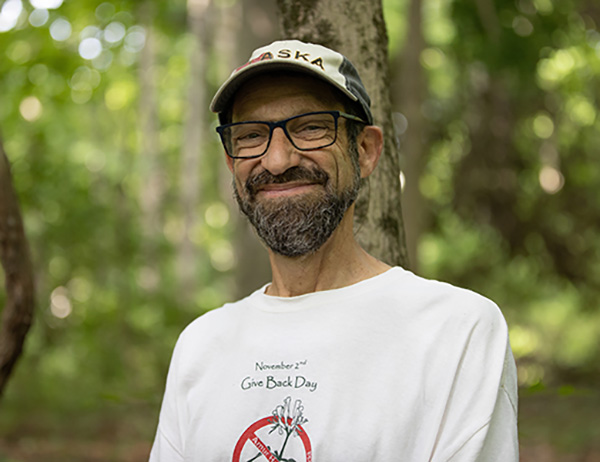
Having the Natural Areas in our “backyard” is unique for a public university. What are some of the ways you use the areas?
Gorchov: It has been very valuable to have these nearby natural areas available for research, especially where we want to make non-destructive experiments, such as deer exclosures and controlled invasive plant removal. For teaching, it is especially valuable to have natural areas so close. I have made use of Western Woods for the past 10 years (plus additional Areas more recently) for BIO 433, Field Ecology, and before that for Botany field methods course. Within a three hour lab period students can walk from the classroom to one of the Natural Areas, work in groups for making observations or carrying out experiments, and return to the classroom. This makes the Natural Areas an invaluable teaching resource.
I have had about 20 undergrads work with me or my grad students on research in the Natural Areas. Research in the Natural Areas was central to dissertations of two of my Ph.D. students, to theses of seven MS students and two current M.En. (Master's of Environmental Science) students, and Honors theses of two undergrads.
What changes have you seen in the Natural Areas over the past 30 years?
Gorchov: The abundance and diversity of spring wildflowers and tree seedlings have declined, at least in Western Woods, where my research and teaching activities go back to the 1990s. Tom Crist (professor of Biology) and I did not know if the very abundant deer, or the very abundant non-native invasive shrub, Amur honeysuckle, was responsible, so we set up 5 pairs of deer exclosure and deer access plots in 2010, with honeysuckle removed from half of each. Findings from these plots (from our graduate and undergraduate students ' research) reveal that deer are responsible for the loss of tree seedlings, whereas both deer and honeysuckle contribute to the loss of wildflowers.
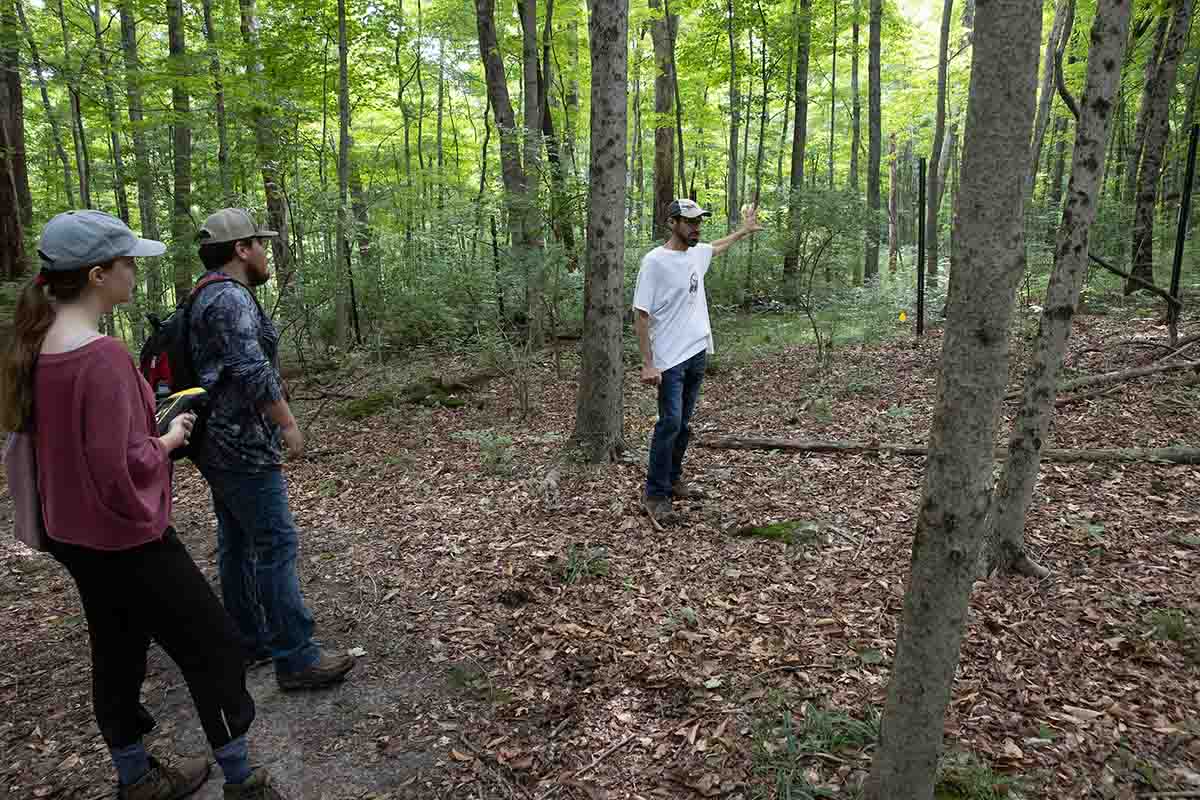
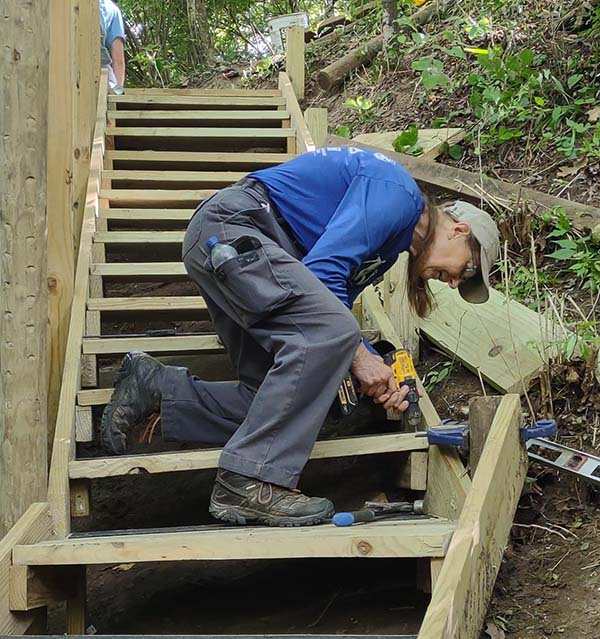
Do you have a favorite trail or area? And have you observed that certain areas are more popular with students than others?
Feakes: There are several areas that are very special. Bachelor Pond can be beautiful, especially in the spring and during fall color. The east-west section of trail going through the Bachelor Pines, west of the swinging bridge, takes me back to when our sixth grade class from Kramer Elementary went to Camp Glen Helen, and that week probably had an influence on my career choice. There are several stands of big trees that I enjoy spending time in, especially those that don't have much honeysuckle around them. And of course, overlooks of Harker's Run from the Reinhart area are always worthy of a few minutes of your time. But when the bluebells are blooming on the south end of the Marcum Trail, just north of the stables, that's pretty hard to beat for a person that loves blue flowers!
On all of the trails, I have encountered a good mix of students and local residents, and a few visitors to the area. It seems like a larger percentage of the students I have seen along the Marcum Trail are there just to relax and enjoy being in the woods, compared to those in Bachelor, where there are more runners, and more students trying to get exercise, going faster and further. Lots of people enjoy the Harker's Run Trail, and especially like the swinging bridge.
What are some of the challenges, and delights, of working in the Natural Areas?
Feakes: Challenges include the amount of work I would like to get done to bring the trails up to standard and to enhance the health of the Natural Areas, compared to the time and resources available to accomplish that. (The Natural Areas are funded primarily by an endowment and donations, so limited funding affects how and what we accomplish.) The weather, especially the recent extreme storm events, is another challenge. Delights include working with a passionate (Natural Areas) Committee, great student employees, and the people who regularly get out to enjoy the trails, as well as being out on the trails regularly myself. Another delight is just seeing what we have been able to accomplish to improve the trails in less than two years.
